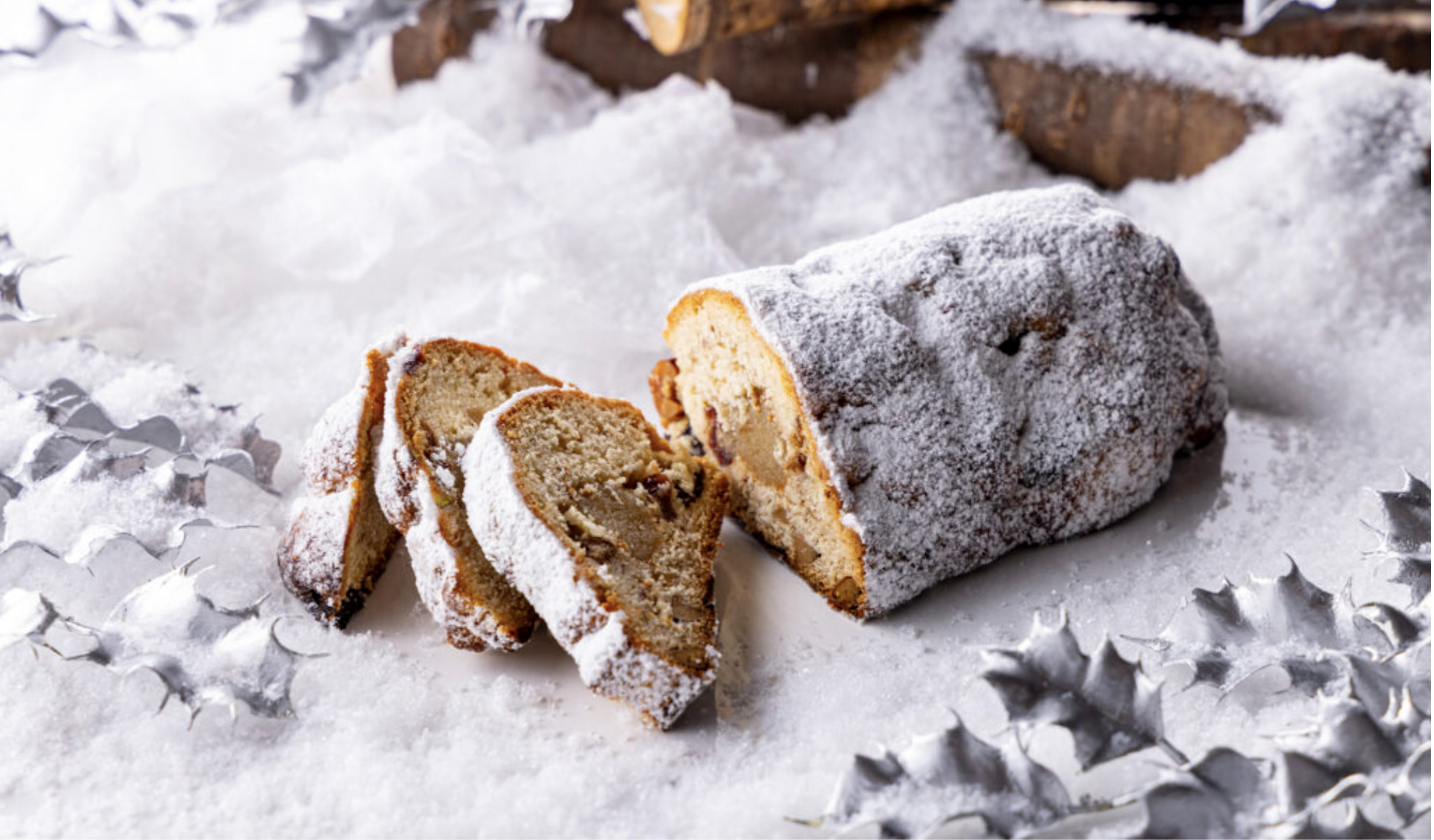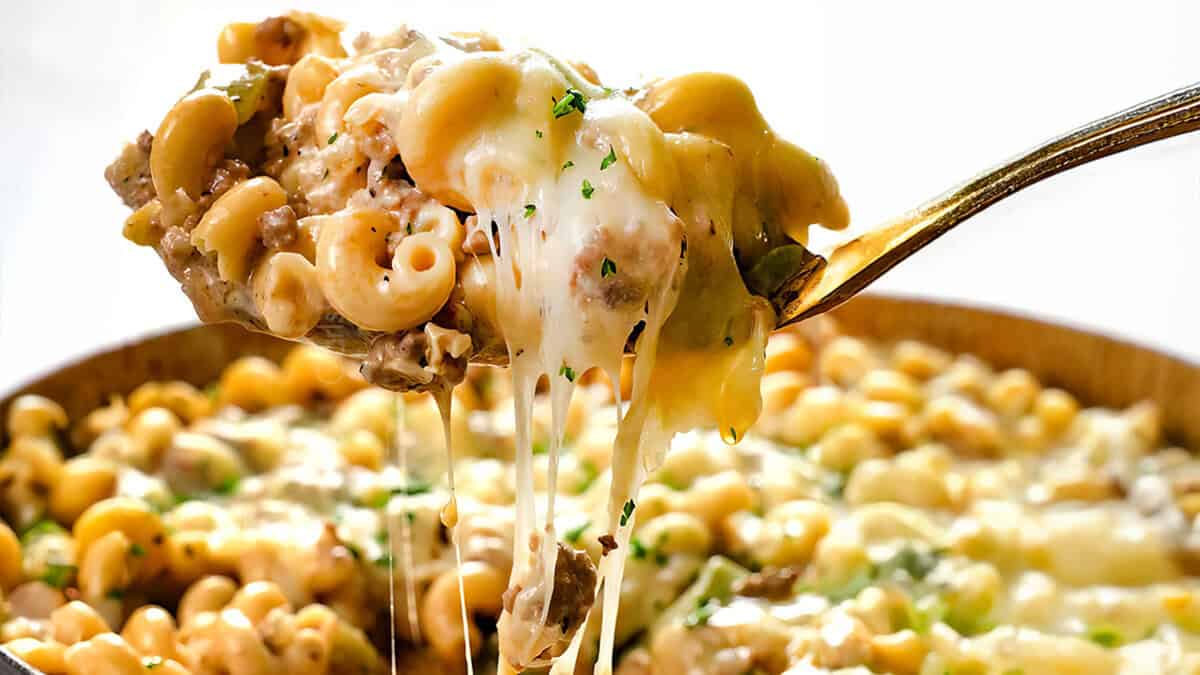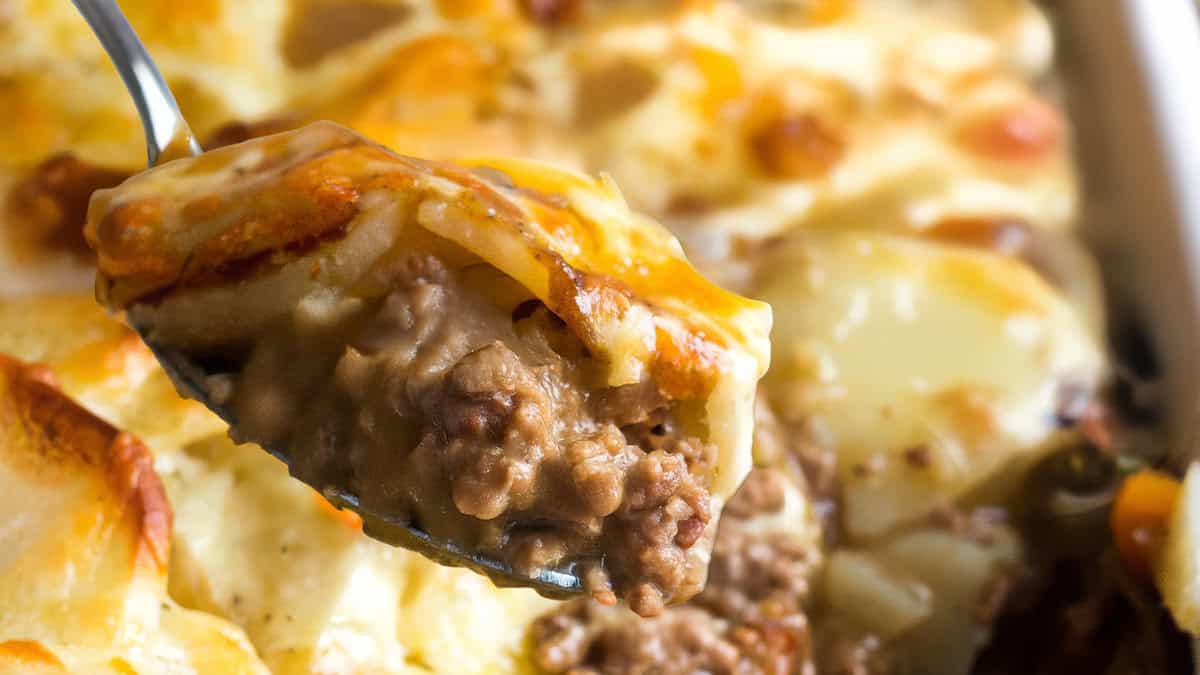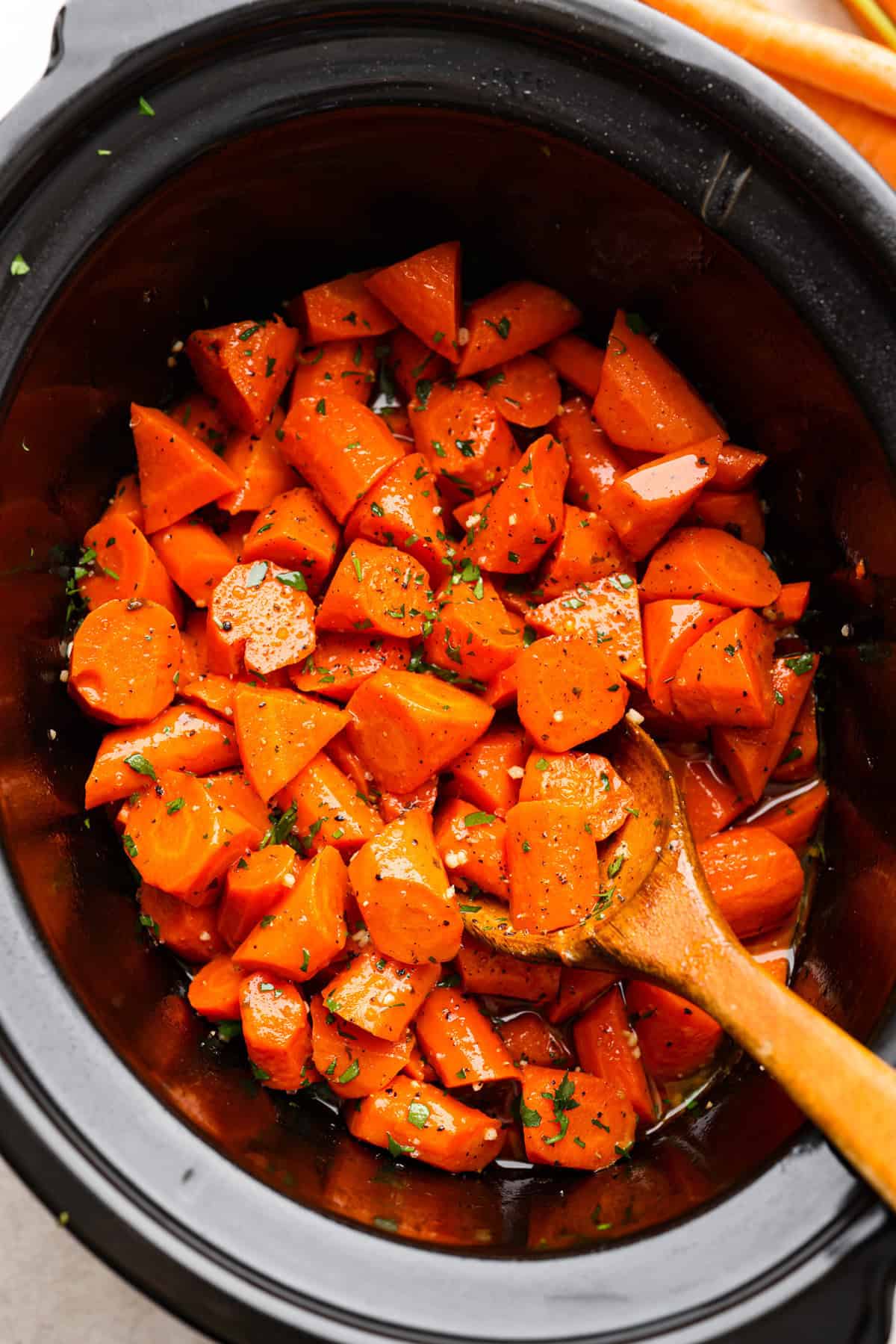
Ebi Ketchup-based sauce Shrimp Under 20 minutes Easy Good for 3
Chinese-inspired dishes are popular in Japan and often adapted to local tastes, like Japanese-style ebi chili. This dish features stir-fried shrimp and vegetables in a ketchup-based sauce, inspired by the Chinese dish gan shao xia ren (干焼蝦仁), which uses a spicy, non-ketchup sauce.
Japanese-style shrimp chili gained popularity through Chinese chef Chen Kenmin, who introduced it at his restaurant Shisen Hanten in Tokyo in 1958. At the time, spicy flavors were not widely accepted in Japanese cuisine, so he added a twist to the original dish, adapting it to suit local tastes.
To mellow the spiciness of doubanjiang, he added ketchup, which introduced a subtle sweetness, tanginess, and umami flavor. This adjustment made ebi chili accessible to everyone, from children to adults, and allows for easy customization of spiciness by adjusting the amount of doubanjiang while maintaining the dish’s appealing red color.
The highlight of this dish is, of course, the plump and juicy shrimp. To ensure they retain their firm, snappy texture, there are a few important tips to follow:
-
Don’t skip the preparation steps.
While preparing shrimp may seem time-consuming, each step plays a crucial role in enhancing their flavor and texture. The coating process, in particular, helps make the shrimp plumper and juicier. -
Avoid overcooking the shrimp.
Proper preparation is essential, but careful cooking is equally important. Overcooking will make the shrimp tougher, so be mindful of the cooking time to keep them tender and juicy.
By keeping these tips in mind, you can enjoy delicious Japanese-style ebi chili at home!
Overview
Prep time: 10 mins
Cook time: 10 mins
Total time: 20 mins
Total servings: 3
Difficulty: Easy
Ingredients
- 16 pieces of shrimp (with shell)
- A pinch of salt
- 2tsp potato starch
- 5g garlic (peeled)
- 5g ginger (peeled)
- 20g Japanese leek
- A pinch of salt (for the pre-seasoning)
- 2tsp cooking sake
- 1 egg (*see step 1)
- 1Tbsp potato starch
- 1tsp cooking oil
- 1/2tsp~ Doubanjiang (hot chili bean sauce)
- 2Tbsp cooking oil (for the pre-seasoning)
- 3Tbsp ketchup
- 1Tbsp cooking sake (for the seasoning)
- 1tsp sesame oil
- 1tsp sugar
- 1tsp powdered chicken soup stock
- 1tsp soy sauce
- 2Tbsp water
Expert's Tip

This recipe shows how to create chili sauce from scratch; however, you can also make ebi chili with pre-made chili sauce, which simplifies the process by eliminating the need to combine various seasonings. It offers a pleasantly spicy yet mild flavor that suits all ages.
This versatile sauce is ideal not only for ebi chili but also pairs well with a range of other dishes, including egg recipes, French fries, chicken nuggets, pizza, and more. Having a bottle on hand will elevate the taste and enjoyment of your meals.
Instructions
1) Gathering the Ingredients
Gather the ingredients and crack the egg, reserving 1 tablespoon of egg white for step 4. Beat the remaining egg and set aside for step 7.
2) Cutting the Vegetables
Mince the garlic, ginger, and Japanese leek.
3) Preparing the Shrimp
Peel the shrimp and devein them by making a cut along their back and using a toothpick to remove the vein. Rub a pinch of salt into the shrimp, then add 2 teaspoons of potato starch to eliminate odor and dirt. Rinse the shrimp until the water runs clear, then pat dry with paper towels.


4) Coating the Shrimp with Pre-Seasonings
In a bowl, combine the shrimp with salt, sake, 1 tablespoon of egg white from step 1, potato starch, and cooking oil, stirring swiftly after each addition.

5) Combining the Seasonings
Combine the seasonings—ketchup, sake, sesame oil, sugar, powdered chicken soup stock, soy sauce, and water—and mix well. Set aside for step 7.
Combine the seasonings (ketchup, sake, sesame oil, sugar, powdered chicken soup stock, soy sauce, and water). Mix them well. Set aside for step 7.
6) Pan-Frying the Shrimp
Heat 2 tablespoons of cooking oil in a frying pan over medium to medium-high heat. Once hot, add the shrimp and cook for 1 minute on each side, then transfer them to a tray to prevent overcooking.
7) Adding the Seasoning Mixture
In the same frying pan, add the minced vegetables and stir-fry until fragrant. Then add doubanjiang and stir-fry again. Pour in the seasoning mixture and bring to a boil. Next, add the beaten egg (from step 1) and stir gently. When the egg is half-cooked, add the shrimp and combine all the ingredients.

8) Serving
Enjoy!
About the author
Megumi is a recipe writer based in Chiba, Japan. She carries a Bachelor in the Faculty of Foreign Studies and is interested in creating content about Japanese cuisine and traditional confectioneries. Megumi is most interested in making Japanese recipe content, and in her free time, she likes to play the piano, make handcrafted goods, and hula dance. She hopes to inspire Japanese Taste readers to make Japanese recipes at home and of course share more about Japanese culture.
View articles by Megumi Moriya











 English (US) ·
English (US) ·